Contents
HELLO DEAR , IF YOU NEED TO DOWNLOAD THE MANUALS AND FORMULAS AND EBOOKS FOR 27 EXPERIENCED EX-HOLCIM ENGINEER PLEASE CLICK HERE NOW, THIS IS THE ULTIMATE ESSENTIAL PACKAGE CONTAIN BOOKS , PROCESS MANUALS AND EXCEL SHEETS FOR CALCULATIONS.
Principle of Precalciners , Precalciner types , Main Feature of Precalciner , advantages of Precalcination
Learning Objectives Precalciners
- Understand the principle of precalcination.
- Know the basic precalciner types
- Know the main features of the various precalciner types
- Know the advantages of precalcination
- Understand the principle of low NOx precalciners
- Know possibilities and limits of lump fuel in precalciners
Precalciners: Content
Content
- Principle and theoretical aspects
- Precalciner design
- ILC precalciners
- Pre-combustion chambers
- Low NOx precalciners
- Solid AFR in PC: priority and new solutions
- Optimization possibilities
- Main Benefits of Precalciner Technology
Energy Balance of Process Steps for Clinker Burning
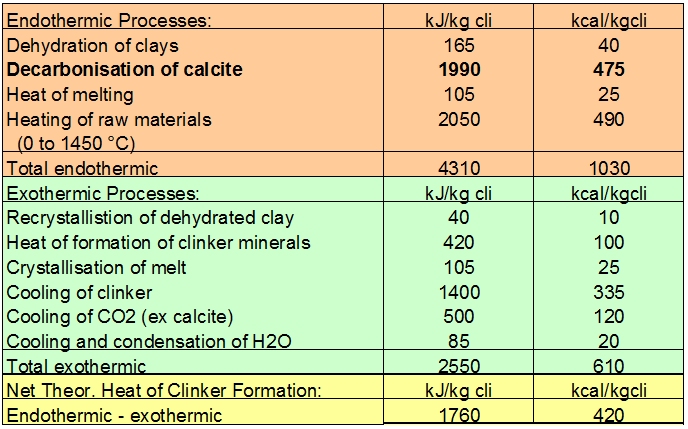
AT (Air Through) and AS (Air Separate)
Definitions:
PA = Primary Air
SA = Secondary Air
TA = Tertiary Air
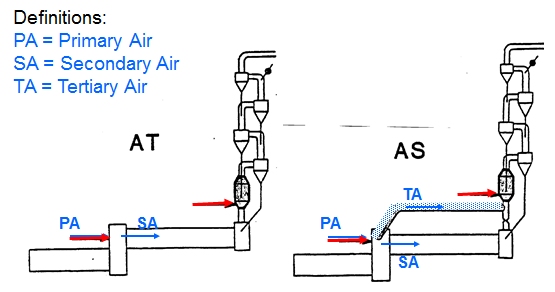
Precalciner – Preheater Arrangements

Comparison of Calciner Arrangements
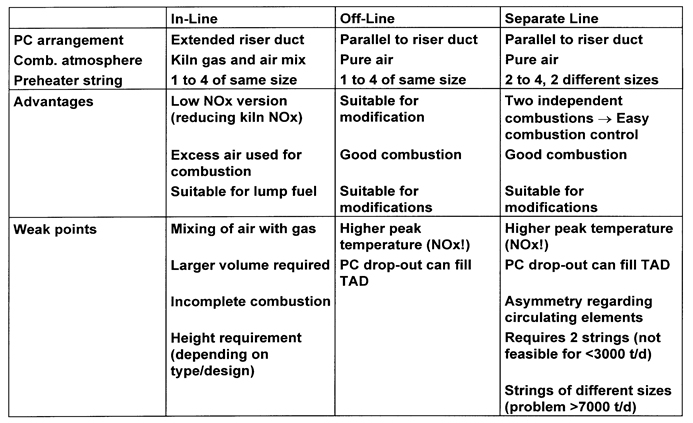
Requirements I
- Process:
High calcination degree
Good control of calcination degree
No material drop-out (meal, ashes etc)
No build-ups on walls
Simple and rapid start-up procedure
Forgiving operating behaviour
Flexibility regarding fuel ratio BZ / PC
Safe regarding equipment overheating
Minimum primary air requirement
Minimum pressure drop - Combustion:
High burnout degree of fuels
Best mixing of air (O2) with fuel
Instant ignition of all fuels
Direct return of fuel residues to kiln
Optimum combustion monitoring / control - Fuels:
Suitable for all fuel types (high flexibility)
Insensitive to changes of mix of fuels
Suitable for low reactivity and toxic fuels - Emissions:
Reduction of pollutants from BZ
No (low) generation of pollutants in PC firing
Possibility for SNCR - Tertiary Air System:
No dust deposits and dust cycles
No hot dust handling
Reliable O2-control for BZ and PC firing - Design:
Easy integration in preheater
Stepwise upgrading possible
Precalciner Control
- Via Fuel Rate
Normally 45% to 60% of total fuel - According to Calcination Degree
of bottom cyclone hot meal (via LOI);
Normally 85% to 95% apparent calcination degree - According to Gas Temperature at exit of bottom cyclone;
Normally 840°C to 890°C
True and Apparent Calcination Degree
- True calcination degree:
Degree to which the calcination is completed, i.e. extent to which the CO2 is dissociated from the CaCO3.
Extremes: Raw meal 0% (LOI=35%)
Clinker 100% (LOI= 0%) - Apparent calcination degree:
The calcination degree determined from a hot meal sample taken from the meal duct of the bottom cyclone
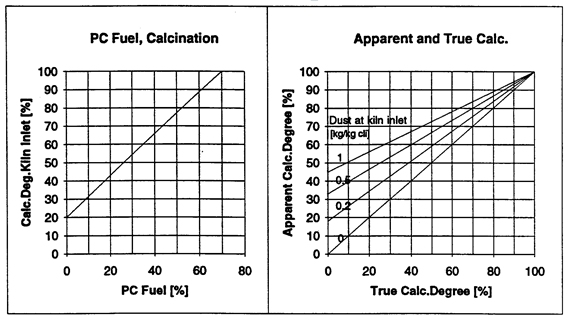
O2 Control for PC/BZ: Tertiary Air Damper
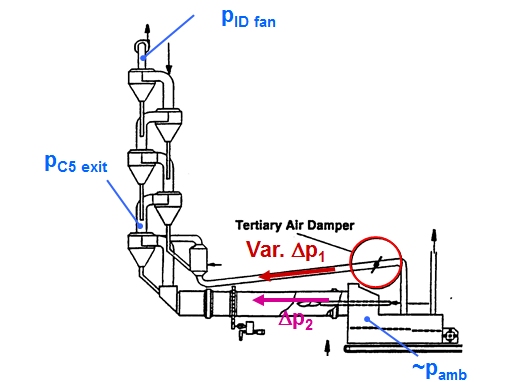
O2 Control for PC/BZ: Kiln Riser Orifice
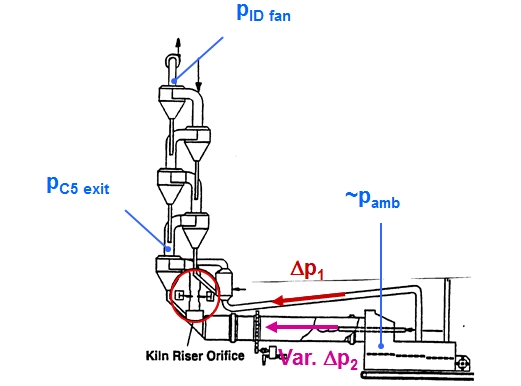
Precalciner Elements
- Long tubes “gooseneck type”
- Large volume “vessel type”
- Tertiary air frontal impact
- Tertiary air tangential inlet
- Orifice
- Bends, curves and vessels
- Multiple burners
- Hot spot with and without control
- Precombustion chamber
Standard Precalciners In-Line and Off-Line AT
FLS, KHD, KSL, Polysius
In-Line Calciners I
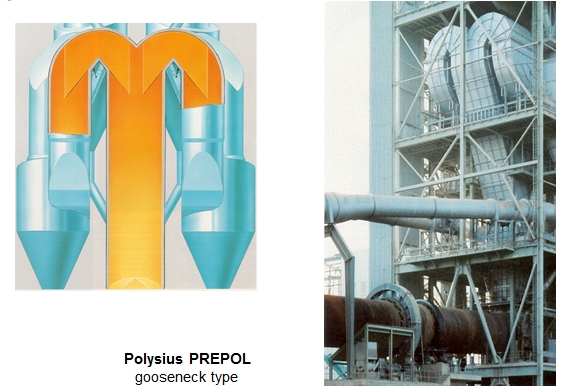
gooseneck type
In-Line Calciners II
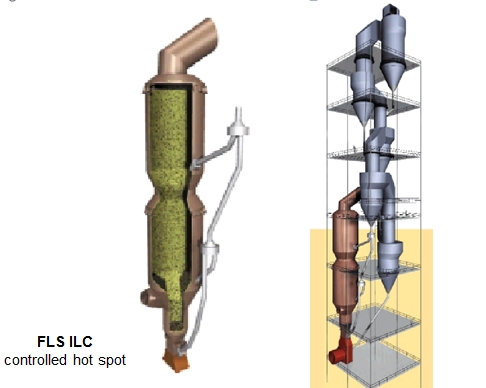
controlled hot spot
Pre-Combustion Chambers
RSP (Technip), FCB, Polysius, FLS
Calciners with Precombustion Chambers I
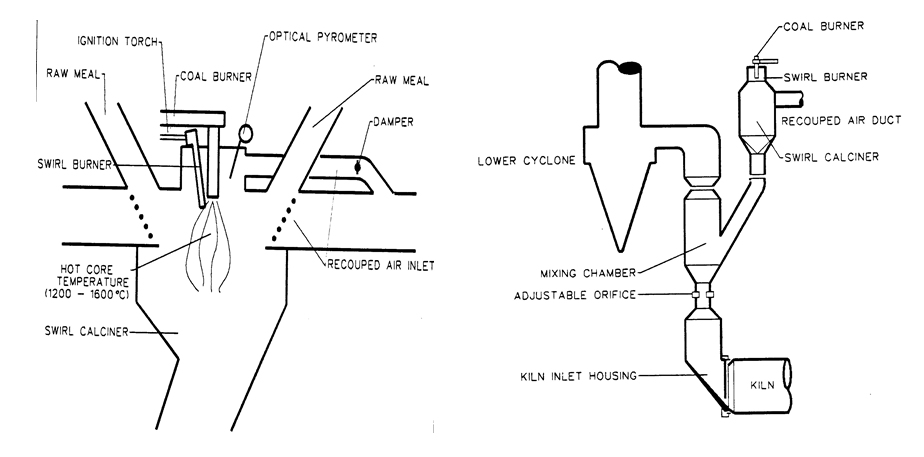
Calciners with Precombustion Chambers II
Polysius PREPOL MSC (Multi Stage Combustion)
KHD PYROCLON Low NOx-Topair
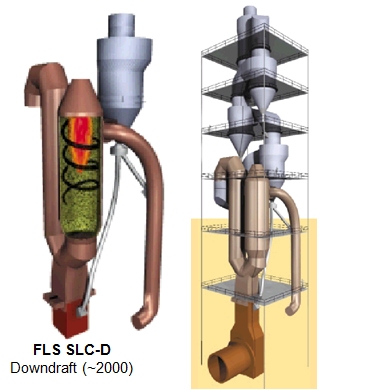
Downdraft (~2000
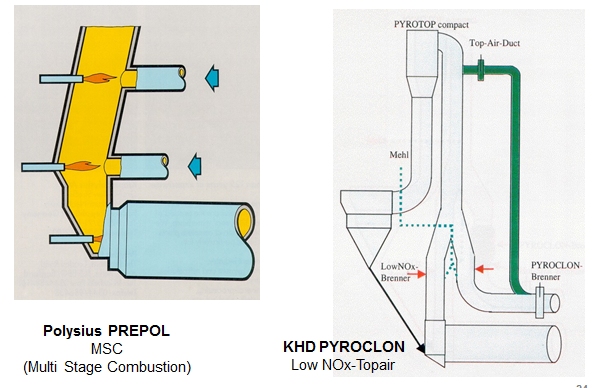
FLS, KHD, Polysius a.o.
Precalciners for Lump Fuels(Tires etc): Future Development
PC for Solid AFR: FLS Hot Disc
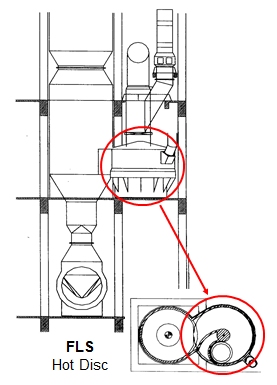
PC for Solid AFR: BC-Lafarge AFR Ram
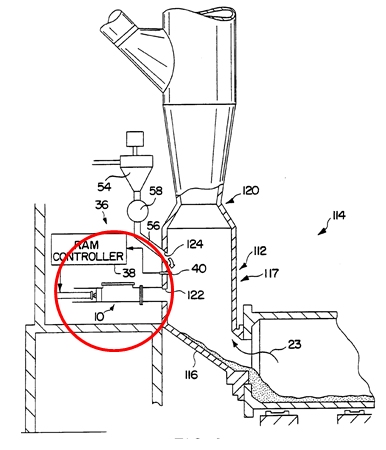
Controlled Ram for AFR modules
Precalciner Video Animation
Tire Skewer for Cement Kilns
Dimensioning Criteria for Precalciners
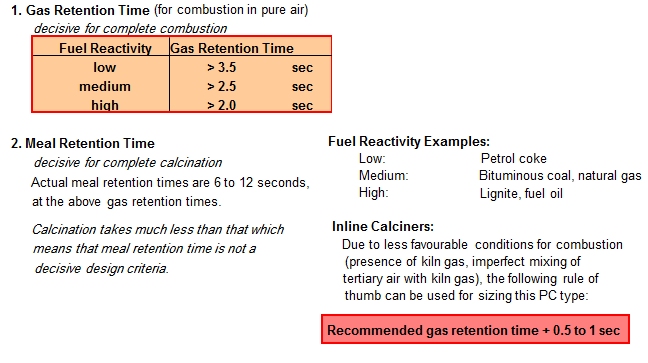
Main Benefits of Precalciner Technology
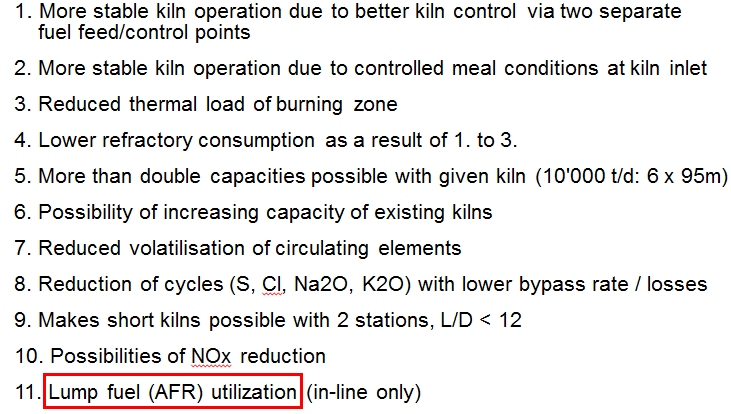
Thanks so much for providing individuals with an extraordinarily remarkable possiblity to read from this blog. It is often so sweet plus stuffed with fun for me personally and my office fellow workers to visit your website nearly thrice weekly to learn the fresh stuff you have. Of course, I am just usually fascinated considering the unbelievable techniques you give. Certain two ideas in this post are undeniably the most suitable I’ve had.
keep up the good work!
thank you very much excellent!!
I see interesting posts here. Your site can go viral easily,
I must say you have high quality content here.
Great article, totally what I needed.
Thanks, this site is really helpful.
Very good website – bookmarked
Thanks so much for the blog post. Fantastic.
In my opinion you are mistaken. I can prove it. Write to me in PM, we will discuss.
Wonderful, what a blog it is!
Really thanks for this information